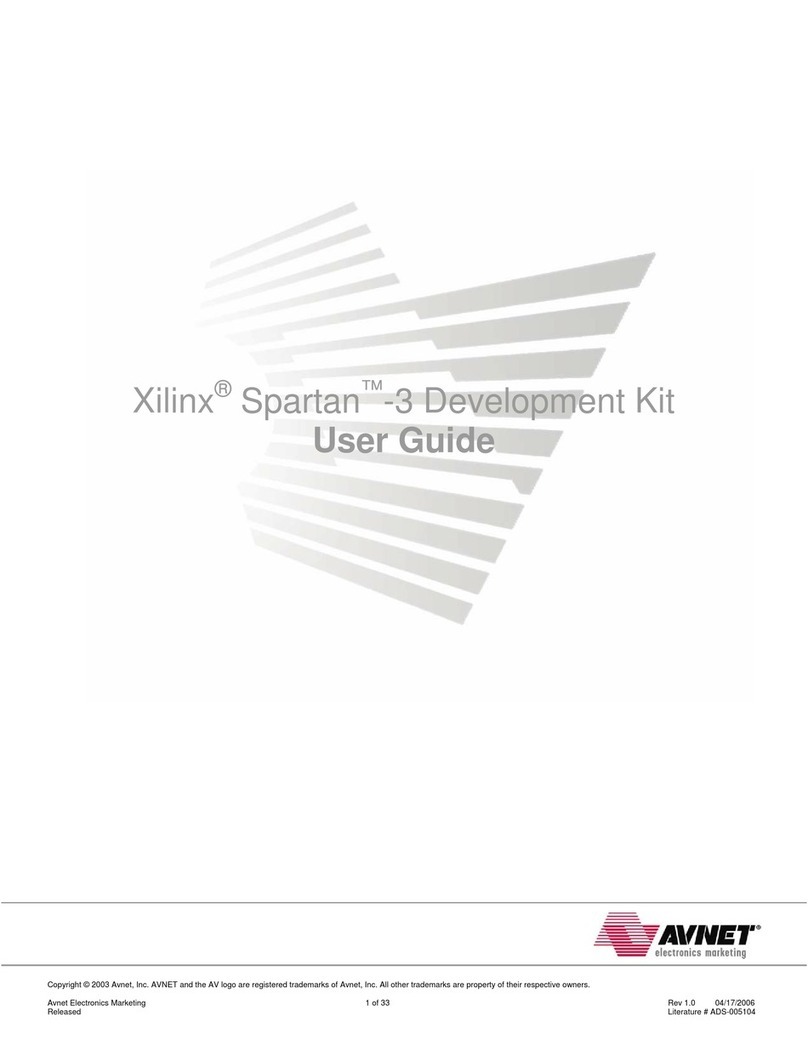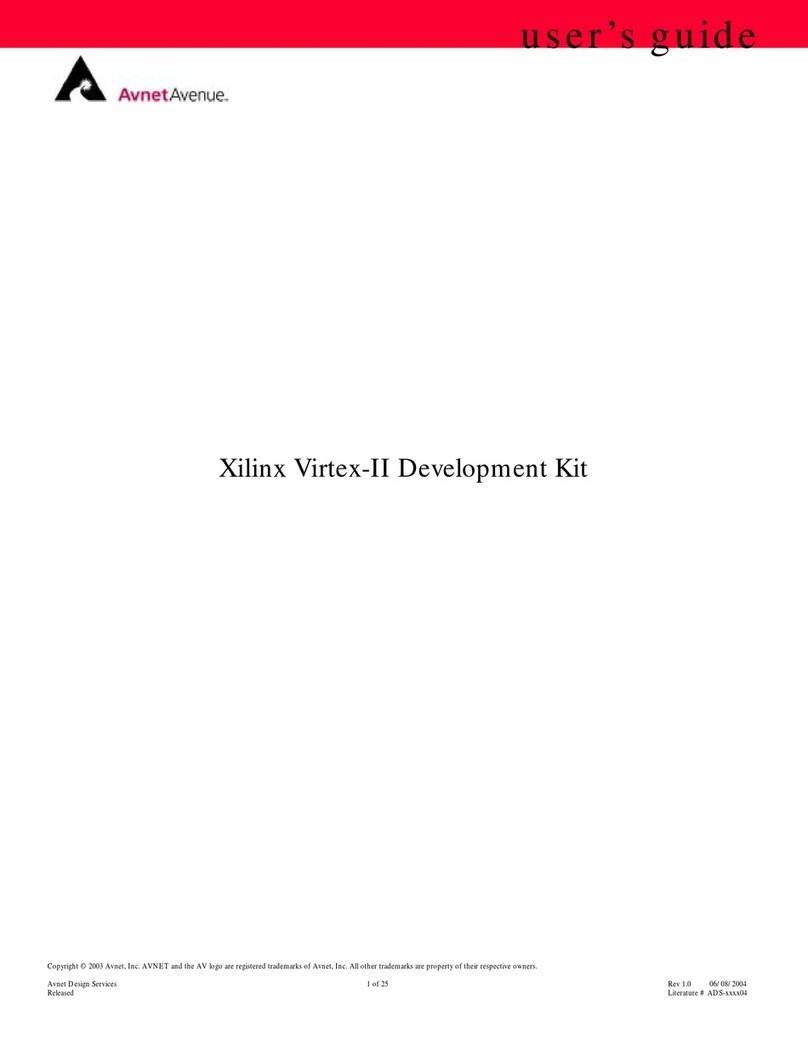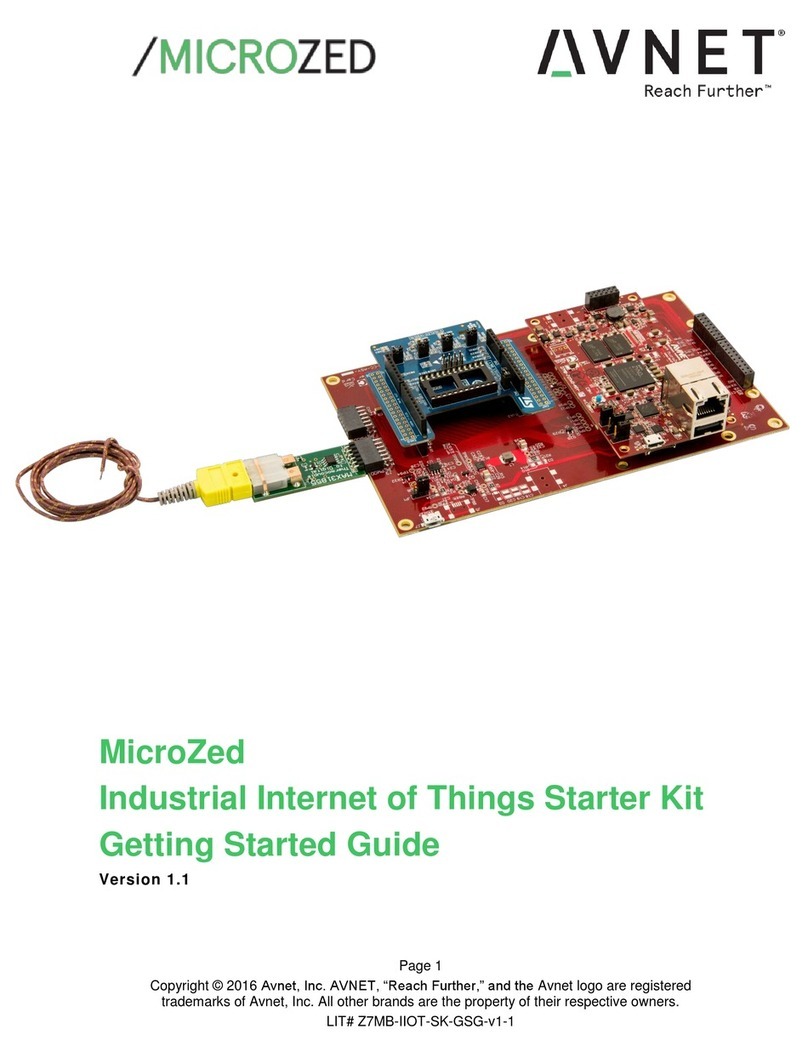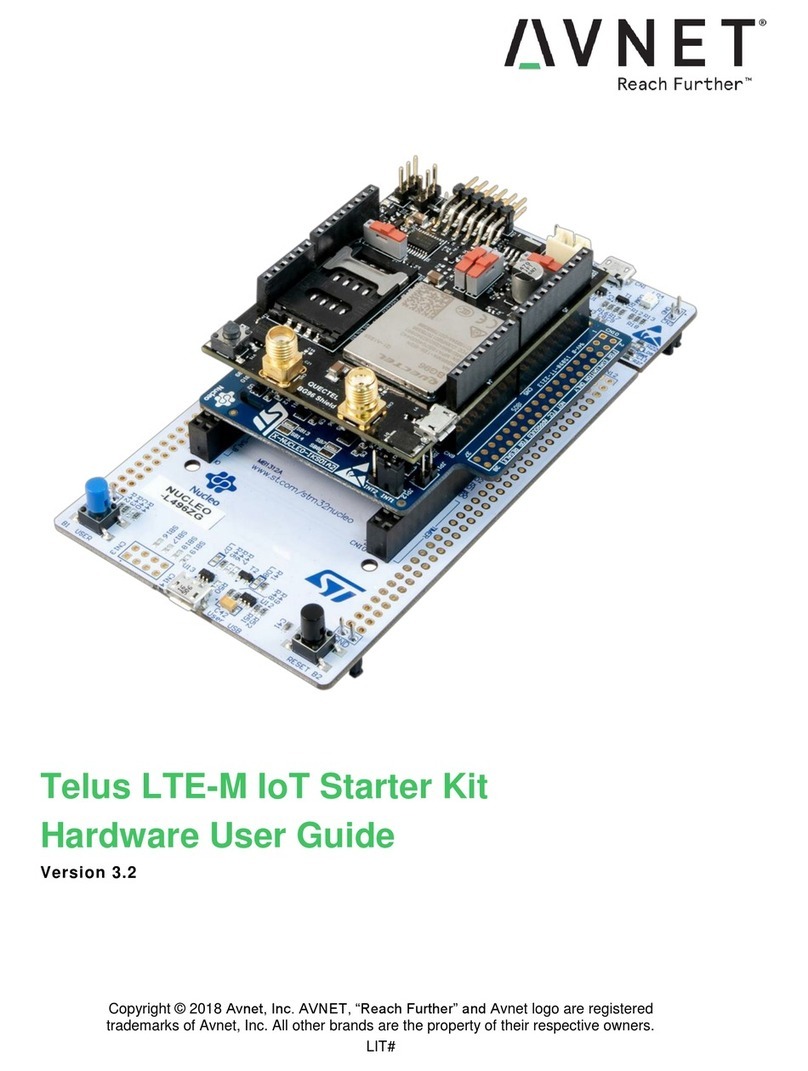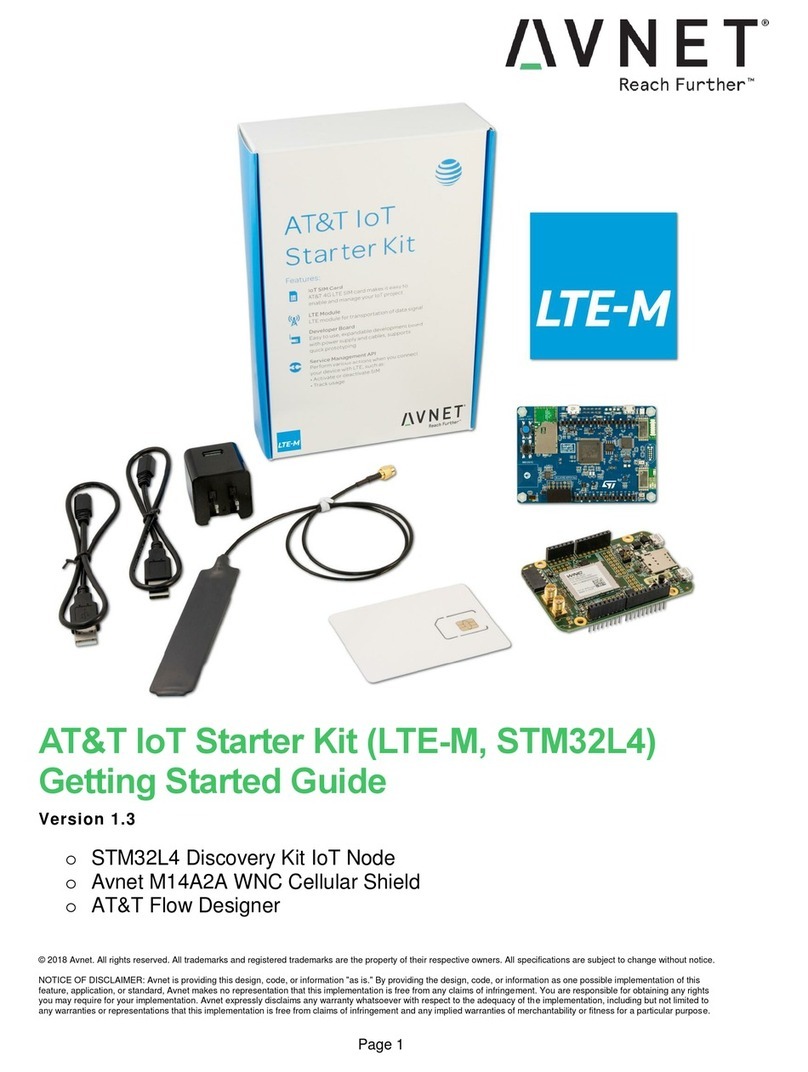5. LIMITATIONS OF LIABILITY. CUSTOMER SHALL NOT BE ENTITLED TO AND AVNET WILL NOT
LIABLE FOR ANY INDIRECT, SPECIAL, INCIDENTAL OR CONSEQUENTIAL DAMAGES OF ANY
KIND OR NATURE, INCLUDING, WITHOUT LIMITATION, BUSINESS INTERRUPTION COSTS,
LOSS OF PROFIT OR REVENUE, LOSS OF DATA, PROMOTIONAL OR MANUFACTURING
EXPENSES, OVERHEAD, COSTS OR EXPENSES ASSOCIATED WITH WARRANTY OR
INTELLECTUAL PROPERTY INFRINGEMENT CLAIMS, INJURY TO REPUTATION OR LOSS OF
CUSTOMERS, EVEN IF AVNET HAS BEEN ADVISED OF THE POSSIBILITY OF SUCH
DAMAGES. THE PRODUCTS AND DOCUMENTATION ARE NOT DESIGNED, AUTHORIZED OR
WARRANTED TO BE SUITABLE FOR USE IN MEDICAL, MILITARY, AIR CRAFT, SPACE OR LIFE
SUPPORT EQUIPMENT NOR IN APPLICATIONS WHERE FAILURE OR MALFUNCTION OF THE
PRODUCTS CAN REASONABLY BE EXPECTED TO RESULT IN A PERSONAL INJURY, DEATH
OR SEVERE PROPERTY OR ENVIRONMENTAL DAMAGE. INCLUSION OR USE OF PRODUCTS
IN SUCH EQUIPMENT OR APPLICATIONS, WITHOUT PRIOR AUTHORIZATION IN WRITING OF
AVNET, IS NOT PERMITTED AND IS AT CUSTOMER’S OWN RISK. CUSTOMER AGREES TO
FULLY INDEMNIFY AVNET FOR ANY DAMAGES RESULTING FROM SUCH INCLUSION OR USE.
6. LIMITATION OF DAMAGES. CUSTOMER’S RECOVERY FROM AVNET FOR ANY CLAIM SHALL
NOT EXCEED CUSTOMER’S PURCHASE PRICE FOR THE PRODUCT GIVING RISE TO SUCH
CLAIM IRRESPECTIVE OF THE NATURE OF THE CLAIM, WHETHER IN CONTRACT, TORT,
WARRANTY, OR OTHERWISE.
7. INDEMNIFICATION. AVNET SHALL NOT BE LIABLE FOR AND CUSTOMER SHALL INDEMNIFY,
DEFEND AND HOLD AVNET HARMLESS FROM ANY CLAIMS BASED ON AVNET’S
COMPLIANCE WITH CUSTOMER’S DESIGNS, SPECIFICATIONS OR IN¬STRUCTIONS, OR
MODIFICATION OF ANY PRODUCT BY PARTIES OTHER THAN AVNET, OR USE IN
COMBINATION WITH OTHER PRODUCTS.
8. U.S. Government RestrictedRights. The Product and Product Documentation are provided with
“RESTRICTED RIGHTS.” If the Product and Product Documentation and related technology or
documentation are providedto or made availableto the UnitedStates Government, any use, duplication, or
disclosure by theUnited States Government is subject to restrictionsapplicableto proprietary commercial
computer software asset forth in FAR 52.227-14 and DFAR 252.227-7013, etseq., its successor and other
applicable laws and regulations. Use of the Product by theUnited StatesGovernment constitutes
acknowledgment of the proprietary rights of Avnet and any third parties. Noother governments are
authorized to use the Product without written agreement of Avnet and applicable third parties.
9. Ownership. Licensee acknowledges and agrees that Avnet or Avnet’s licensors are the sole and exclusive
owner of all Intellectual Property Rights inthe Licensed Materials, and Licensee shall acquire no right, title,
or interest in the Licensed Materials, other than any rights expressly granted in this Agreement.
10. Intellectual Property.All trademarks, servicemarks, logos, slogans, domainnames and trade names
(collectively “Marks”) are the properties of their respective owners. Avnet disclaims any proprietaryinterest
in Marks other than its own. Avnet and AV design logos are registered trademarks and service marks of
Avnet, Inc. Avnet’s Marks may be used only with the prior written permission of Avnet, Inc.
11. General. The terms and conditions set forth in the License Agreement or at www.avnet.com will apply
notwithstanding any conflicting, contrary or additional terms and conditions in any purchase order,
sales acknowledgement confirmation or other document. If there is any conflict, the terms of this
License Agreement will control. This License may not be assigned by Customer, by operation of law,
merger or otherwise, without the prior written consent of Avnet and any attempted or purported
assignment shall be void. Licensee understands that portions of the Licensed Materials may have
been licensed to Avnet from third parties and that such third parties are intended beneficiaries of the
provisions of this Agreement. In the event any of the provisions of this Agreement are for any reason
determined to be void or unenforceable, the remaining provisions will remain in full effect. This
constitutes the entire agreement between the parties with respect to the use of this Product, and
supersedes all prior or contemporaneous understandings or agreements, written or oral, regarding
such subject matter. No waiver or modification is effective unless agreed to in writing and signed by
authorized representatives of both parties. The obligations, rights, terms and conditions shall be
binding on the parties and their respective successors and assigns. The License Agreement is
governed by and construed in accordance with the laws of the State of Arizona excluding any law or
principle, which would apply the law of any other jurisdiction. The United Nations Convention for the
International Sale of Goods shall not apply.





